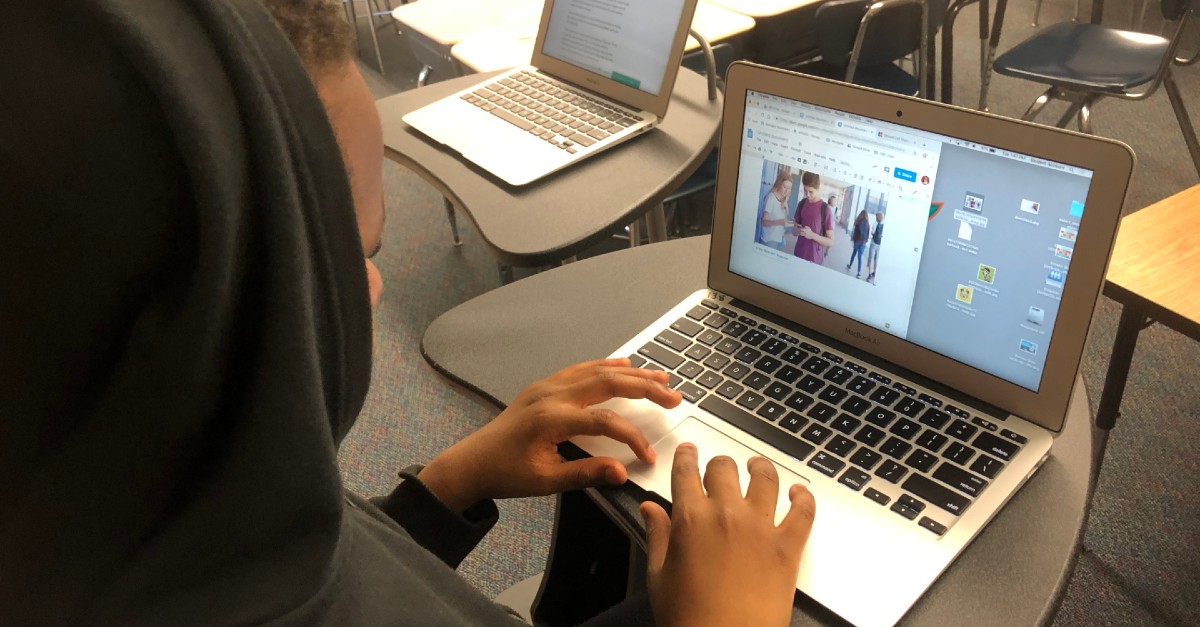When I was a sophomore in high school, one of my teachers shared a rather disturbing article with our class. It was a report on the clear and present dangers of dihydrogen monoxide. According to this report, dihydrogen monoxide was a colorless, odorless, tasteless substance which killed countless people each year. It was responsible for a host of unpleasant health symptoms, as well as property damage and environmental erosion. On top of everything else, the American government had refused to ban the production and use of this hazardous chemical!
Our teacher asked if anyone in the class would write our state representatives to protest this crisis, and naturally, many students volunteered. That’s when she revealed we’d been duped. If you’re familiar with this activity (or just good at science), then you know dihydrogen monoxide is another name for H2O, or water. The entire report had been sensationalized to trick us into banning something as common as water!
The purpose of this exercise, our teacher explained, was to make us more discerning readers. We shouldn’t believe everything we read on the internet. Instead, we should approach every claim with logic, reasoning, and most of all, a commitment to corroborating the facts.
The Virtual Wilderness
Fast forward to the present day and my teacher’s words have never been more relevant. The internet has become a fixture in our daily lives, and while this has allowed for many great advancements, it has also created a sea of exaggerated, misleading, and downright false information.
Now, as educators, we have always done our best to teach students about using reliable sources and conducting fair tests. These are the principles on which all education is built. Unfortunately, COVID-19 has been a game-changer for the world of teaching. Most schools are being conducted virtually or in a blended learning environment, which means a greater dependence on online resources. The landscape of education has changed completely, and our students are now more susceptible to disinformation and propaganda than they have ever been.
Navigating the Digital Divide
Teaching media literacy to students can’t be accomplish with a single blog post, but there are tips which can make them more discerning readers. Here are just a few:
- Read Past the Headline: You can’t judge a book buy its cover, and a headline is rarely the whole story. Encourage your students to read all the information before forming a conclusion. The Blue Apple project, Prevent the Spread, contains an activity where students are told to read all the information before beginning. Those who don’t are in for a surprise! Try this exercise and show students the importance of reading everything first.
- Check Multiple Sources: What do other sources say about this information? Remind students that whether it’s a news story or something they heard from a friend; they should always verify the facts. Check with other sources to see if they came to the same conclusion. Since different sources often report different details, students will gain a fuller, more accurate picture of the issue they’re studying.
- Looks Can Be Deceiving: Just because something looks trustworthy doesn’t mean that it is. In a video about teaching media literacy to students, author and educator John Green discussed how many people have been fooled by misleading information simply because the website it was on looked trustworthy. Show students that gifs and graphs don’t make something true. Instead, focus on the information and what these websites are actually saying.
- Share Responsibly: One reason disinformation is so hard to fight is because of how quickly it spreads on social media. People who don’t read past the headline or check multiple sources often send bad information to friends, who then spread it to others, much like germs! Students can help protect themselves and others by confirming the facts before sharing what they’ve learned with others. Remember, just like dangerous germs, only YOU can stop the spread of misinformation!
Knowledge is Power
Like I said, teaching media literacy to students won’t happen overnight. Nevertheless, by sharing these simple exercises, we put them on the path to becoming thoughtful connoisseurs of online media. COVID-19 will probably be here for a while, so let’s help our students grow into discerning readers. By working together, we will learn to navigate this new virtual wilderness and lead our classrooms into a better tomorrow!

